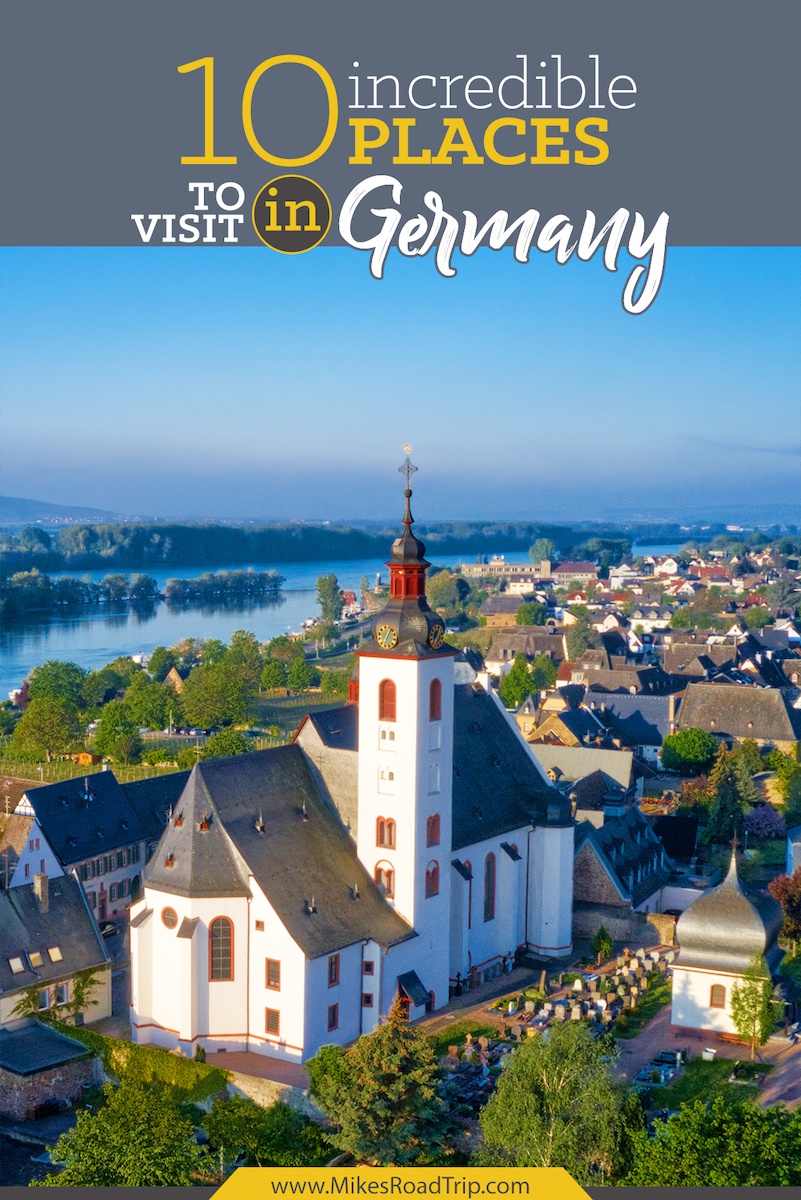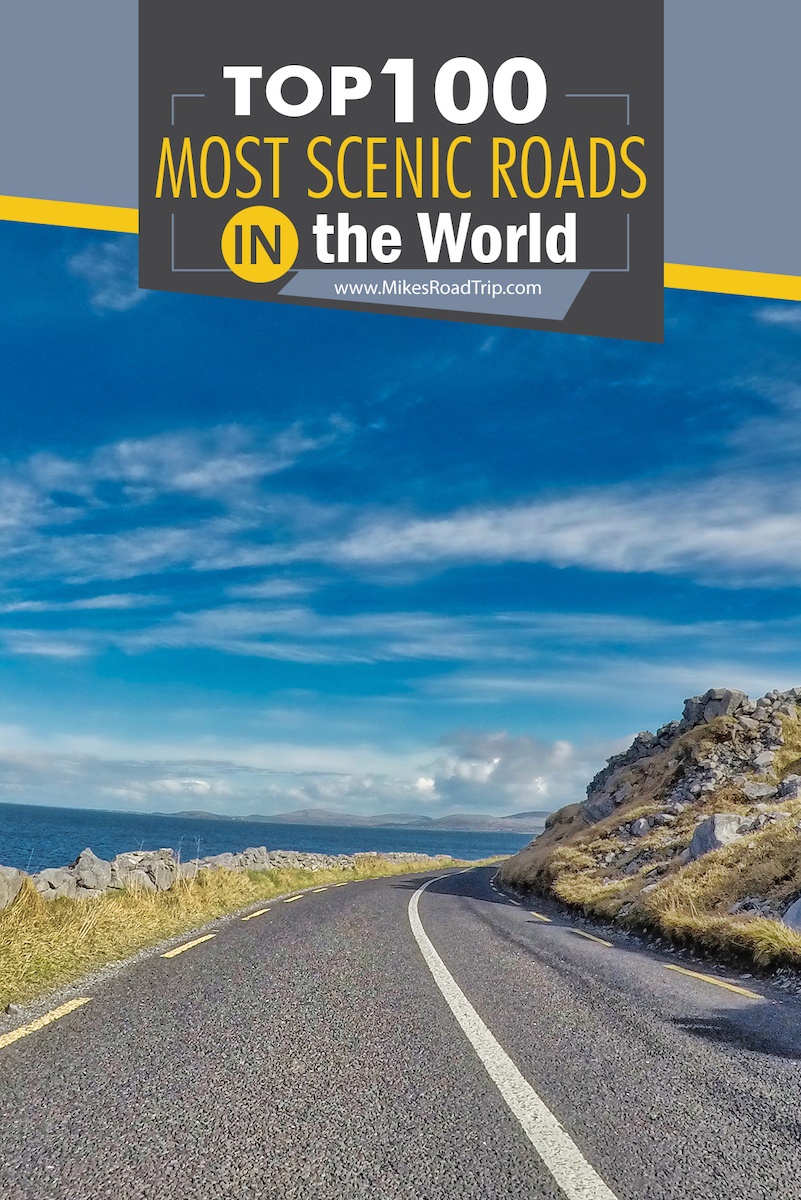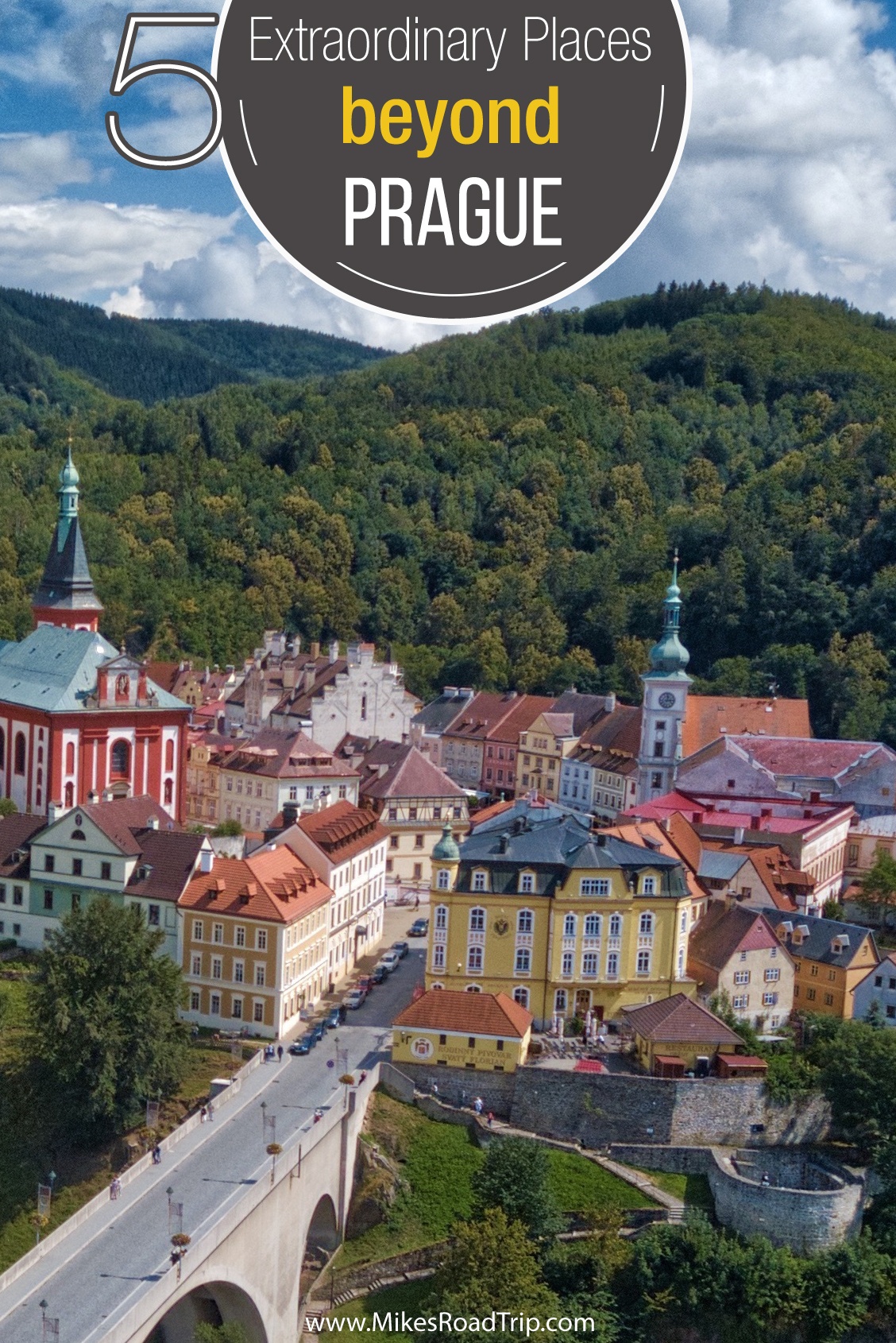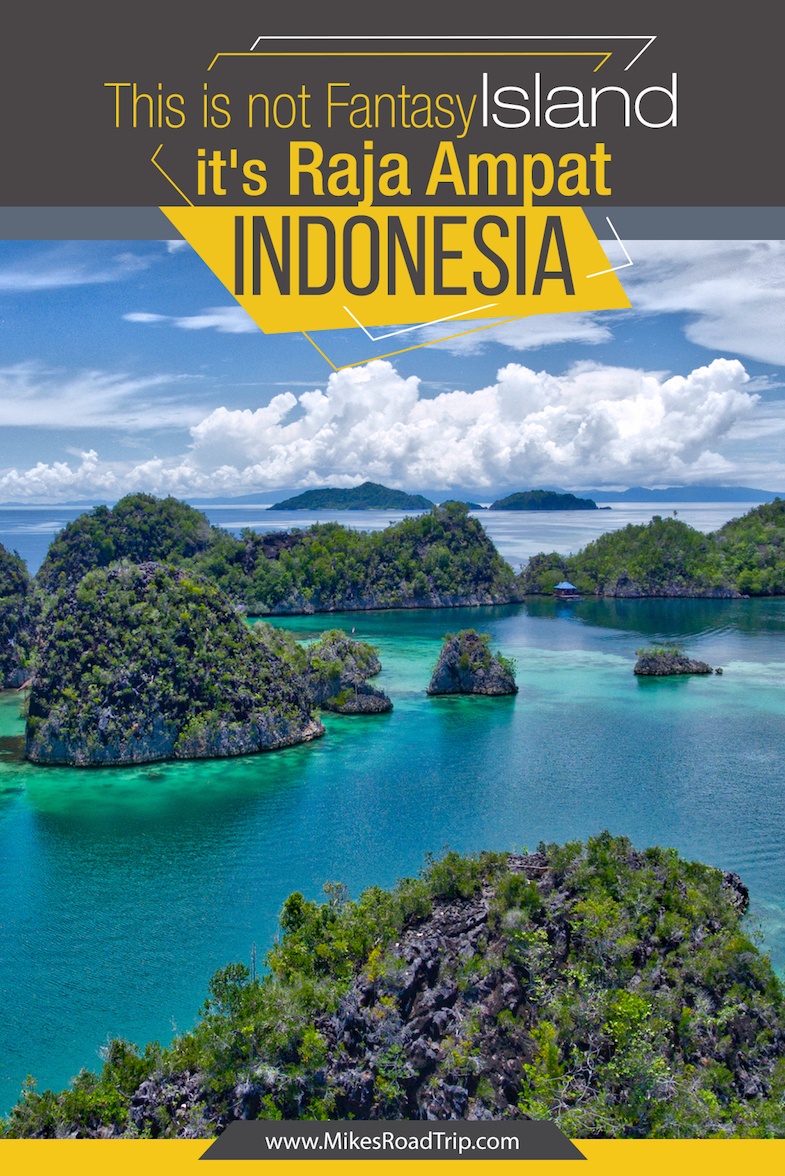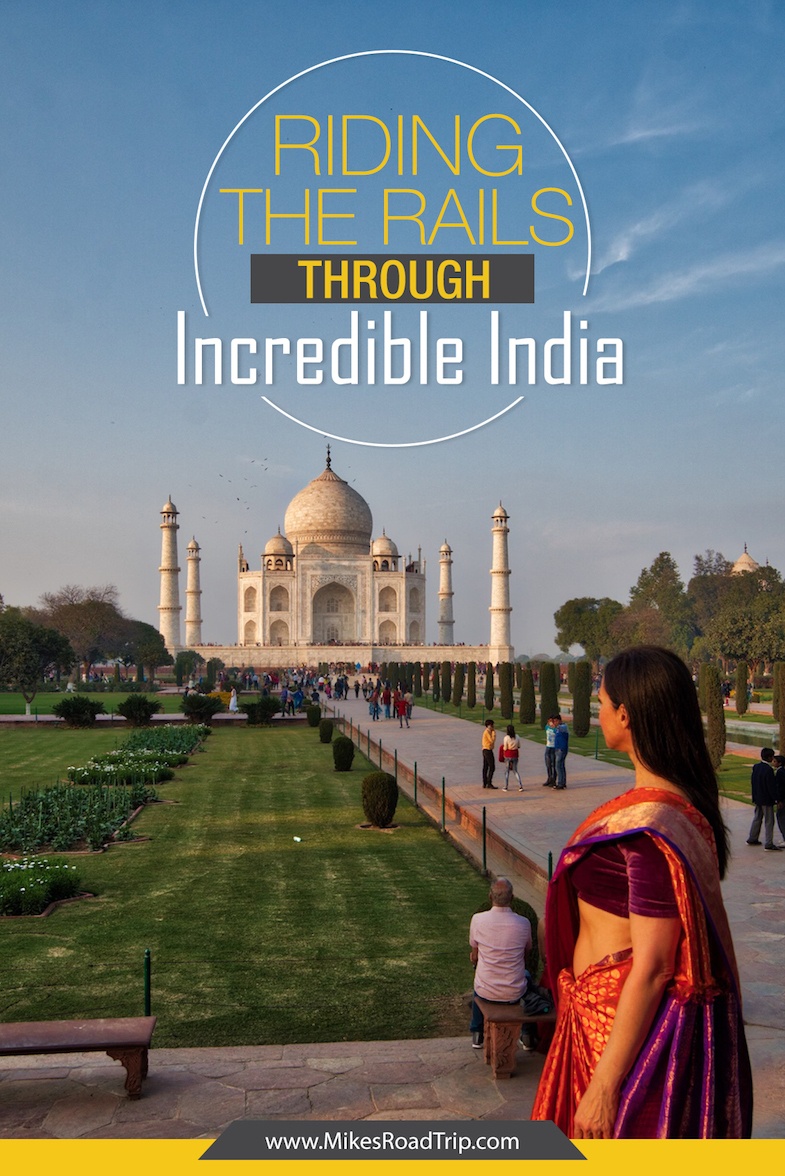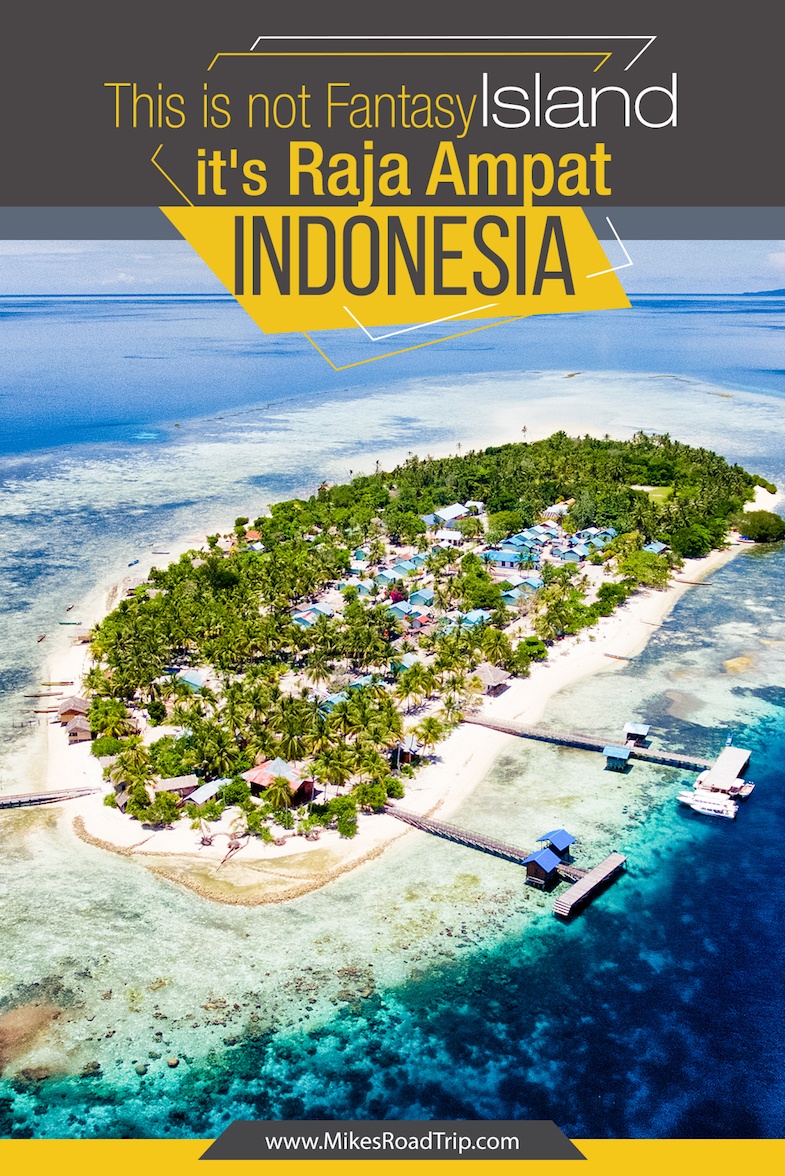Most Exciting Travel Trends for 2023: From Digital Detox to Cultural Immersion
Travel trends are constantly evolving and adapting as the industry changes. From health and wellness tourism to adventure travel, the ways in which people travel and experience the world are constantly shifting. The rise of technology, a growing focus on sustainability, and a desire for more personalized experiences are just a few of the factors that are driving these changes. In this article, we will explore 10 travel trends that are shaping the industry today, and discuss the benefits they offer for both travelers and the destinations they visit. We will also be including some of the hottest destinations for many of the categories listed below.
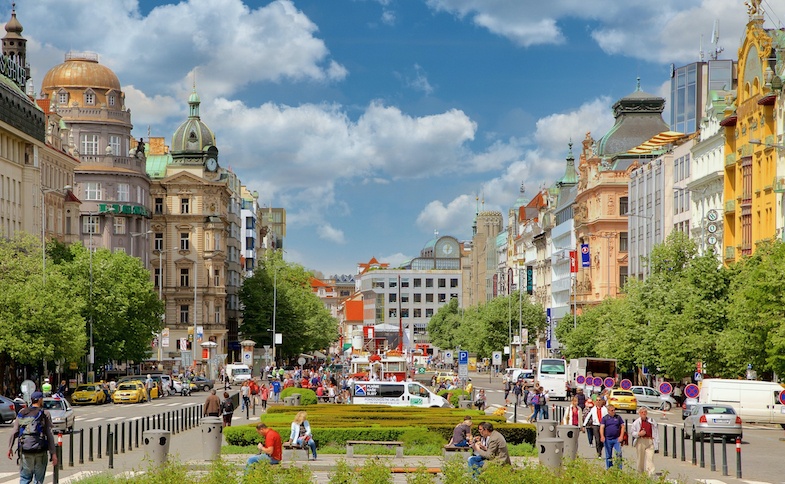
Health and Wellness Leads the Travel Trends in Tourism
The rise of health and wellness tourism can be attributed to several factors, including an increased awareness of the importance of self-care and wellness, a desire to disconnect from the stresses of modern life (which include technology), and an interest in exploring new cultures and destinations. Benefits of health and wellness tourism include improved physical and mental health, increased mindfulness, and a sense of rejuvenation and renewal.

Here are some of the top destinations for health and wellness:
- Bali, Indonesia: Known for its beautiful beaches, lush green landscapes, and spiritual practices such as yoga and meditation, Bali has become a popular destination for wellness tourism.
- Costa Rica: This Central American country offers a variety of wellness options, including hot springs, rainforest retreats, and outdoor activities like surfing and hiking.
- Thailand: With its warm climate, beautiful scenery, and affordable prices, Thailand is a great choice for travelers looking to experience traditional healing practices such as massage, acupuncture, and herbal medicine.
- Switzerland: For those seeking more high-end wellness experiences, Switzerland offers luxurious spas, medical clinics, and wellness centers set against a stunning Alpine backdrop.
- India: The birthplace of yoga and Ayurvedic medicine, India offers a wealth of wellness options, from ashrams and yoga retreats to spa resorts and natural healing centers.
Sustainable Tourism is Gaining Traction as a Trend in Travel
Sustainable tourism has become a priority for travelers as a result of growing concerns about climate change and environmental sustainability. Benefits of sustainable tourism include reduced environmental impact, support for local communities and economies, and the preservation of natural and cultural resources for future generations.

Here are some of the top destinations embracing sustainability:
- Costa Rica: This small Central American country has become a leader in sustainable tourism, with a focus on conservation, eco-friendly practices, and community development.
- Norway: With its stunning natural landscapes, commitment to renewable energy, and focus on outdoor recreation and sustainable living, Norway is a great destination for eco-conscious travelers.
- Bhutan: This small Himalayan kingdom has made sustainability a key pillar of its tourism industry, with a focus on cultural preservation, environmental conservation, and responsible tourism practices.
- New Zealand: Known for its breathtaking scenery and outdoor activities, New Zealand is also committed to sustainable tourism, with efforts to protect its natural resources, reduce waste, and support local communities.
- Iceland: From its geothermal energy to its eco-friendly hotels and tour operators, Iceland has made sustainability a top priority in its tourism industry. Visitors can explore the country’s unique natural wonders while also supporting conservation and community development efforts.
Bleisure Travel

The line between business and leisure travel is blurring as more people seek to balance their work obligations with personal interests and relaxation. Benefits of bleisure travel include increased productivity, better work-life balance, and the opportunity to explore new destinations and cultures.
Technology Integration

Technology is playing an increasingly important role in travel as travelers use apps, websites, and social media to plan and document their trips. Benefits of technology integration include increased convenience, access to real-time information, and the ability to connect with other travelers and locals.
Personalization is one of the Top Travel Trends for 2023
Travelers are seeking out more personalized experiences as a way to tailor their trips to their individual preferences and interests. Benefits of personalization include a more authentic and fulfilling travel experience, the opportunity to discover unique destinations and activities, and the ability to create lasting memories.

Here are some examples of Personalization Tourism:
- Customized Itineraries: Travelers are looking for more personalized travel itineraries that cater to their individual interests and preferences. Tour operators and travel agents are offering customized travel packages that allow travelers to select specific destinations, activities, and accommodations.
- Personalized Recommendations: Travel companies are leveraging data and artificial intelligence to offer personalized recommendations to travelers. This includes recommendations for flights, hotels, restaurants, and activities based on the traveler’s past behavior and preferences.
- Personalized Service: Many hotels and airlines are offering personalized service to their customers, including personalized check-in experiences, in-room amenities, and tailored dining options. Some luxury hotels even offer personal butler services to ensure that every guest’s needs are met.
- Personalized Pricing: Dynamic pricing technology is allowing travel companies to offer personalized pricing to customers. This means that the price of a hotel room, flight, or vacation package may vary based on factors like the traveler’s booking history, travel dates, and location.
- Personalized Communication: Travel companies are using technology to communicate with customers on a more personal level. This includes personalized email and text messages, social media engagement, and chatbots that can answer customer questions and offer recommendations based on the traveler’s preferences.
Alternative Accommodations
The rise of alternative accommodations can be attributed to a growing desire for unique and authentic travel experiences, as well as the convenience and affordability offered by options such as vacation rentals and hostels. Benefits of alternative accommodations include increased choice and flexibility, access to unique and off-the-beaten-path destinations, and the ability to connect with other travelers.

Examples of alternative lodging:
- Vacation Rentals: Platforms like Airbnb, Vrbo, and HomeAway allow travelers to book entire homes or apartments for their stay, often at a lower cost than traditional hotels.
- Hostels: Popular with budget travelers, hostels offer dormitory-style accommodations with shared common areas, kitchen facilities, and often organized activities and events.
- Glamping: Glamping, or “glamorous camping,” combines the outdoor experience of camping with the luxury and comfort of a hotel. Glamping options range from yurts and tents to treehouses and eco-friendly cabins.
- House Sitting: For travelers looking for a longer-term stay, house sitting offers the opportunity to live in someone’s home while they’re away in exchange for taking care of the property and pets.
- HomeStay: Home stays are another example of alternative accommodations in the travel sector. Home stays typically involve staying with a local family in their home, often in a private room with shared common areas. This option allows travelers to experience the local culture and lifestyle firsthand, and can be a more immersive and authentic travel experience than staying in a hotel. Home stays are often organized through online platforms or local tourism organizations, and can range from basic accommodations to more luxurious options.
Culinary Tourism Continues to be one of the Hottest Travel Trends
Food and drink have become a major focus for many travelers as a way to explore new cultures and cuisines. Benefits of culinary tourism include the opportunity to discover new flavors and dishes, the chance to learn about local food traditions and history, and the ability to connect with locals over a shared love of food.

Some amazing culinary destinations to consider:
- Tokyo, Japan: Tokyo is a food lover’s paradise, with a wide range of traditional and modern cuisine to explore. From sushi and ramen to wagyu beef and tempura, Tokyo offers a wealth of culinary experiences to discover.
- Barcelona, Spain: Barcelona is known for its vibrant food scene, with an emphasis on fresh, local ingredients and traditional Catalan cuisine. Visitors can explore the famous Boqueria Market, sample tapas in local bars, and dine in some of the city’s top-rated restaurants.
- Istanbul, Turkey: Istanbul’s cuisine is a fusion of Middle Eastern, Mediterranean, and Central Asian influences, with dishes like kebabs, baklava, and Turkish delight. Visitors can explore the city’s food markets, participate in cooking classes, and indulge in traditional Turkish tea and coffee.
- Oaxaca, Mexico: Oaxaca is a food lover’s paradise, with a rich culinary tradition dating back centuries. The city is famous for its mole sauce, mezcal, and street food, and visitors can explore local markets and take cooking classes to learn more about Oaxacan cuisine.
- Bologna, Italy: Bologna is known as the food capital of Italy and is home to some of the country’s most famous culinary delights, including prosciutto, Parmigiano-Reggiano cheese, and balsamic vinegar. Visitors can explore the city’s markets and food halls, take cooking classes, or enjoy a meal at one of Bologna’s many restaurants.
Adventure Tourism
The rise of adventure tourism can be attributed to a growing interest in outdoor activities and a desire to challenge oneself physically and mentally. Benefits of adventure tourism include improved physical and mental health, increased confidence and self-esteem, and the opportunity to connect with nature.

- Queenstown, New Zealand: Known as the “Adventure Capital of the World,” Queenstown offers a wide range of adventure activities, including bungee jumping, skydiving, jet boating, and white-water rafting.
- Costa Rica: is a nature lover’s paradise, with opportunities for hiking, zip-lining, surfing, and exploring the country’s diverse wildlife and ecosystems.
- Patagonia, Chile: Patagonia is a remote and rugged wilderness area in southern Chile, known for its glaciers, mountains, and stunning landscapes. Visitors can hike, climb, and explore this stunning region, with opportunities for skiing, kayaking, and other outdoor adventures.
- Cape Town, South Africa: Cape Town is a hub for adventure tourism in Africa, with opportunities for shark cage diving, sandboarding, paragliding, and hiking up Table Mountain.
- Interlaken, Switzerland: Interlaken is a popular destination for adventure sports enthusiasts, with opportunities for skiing, snowboarding, skydiving, and bungee jumping in the stunning Swiss Alps.
Solo Travel
Solo travel has become increasingly popular in recent years as a way to explore new destinations and gain independence and self-confidence. Benefits of solo travel include the opportunity for self-discovery and personal growth, the ability to create a travel itinerary based on individual interests and preferences, and the chance to meet new people and make lasting connections.

Here are some great destinations to consider for solo travel:
- Reykjavik, Iceland: Iceland’s capital city, Reykjavik, is a charming and walkable city, making it easy to navigate for solo travelers. Visitors can explore the city’s museums and art galleries, soak in the geothermal hot springs, or take a day trip to see the Northern Lights.
- Barcelona, Spain: Barcelona is a lively city with a rich history and culture. Visitors can explore the city’s museums, art galleries, and parks, or stroll through the Gothic Quarter and enjoy the street performers and food vendors. The city also has a bustling nightlife scene, making it a great destination for solo travelers looking to meet new people.
- Chiang Mai, Thailand: Chiang Mai is a popular destination for solo travelers, with a laid-back vibe and plenty of opportunities for adventure and relaxation. Visitors can explore the city’s temples and markets, take a cooking class or yoga retreat, or venture out into the surrounding countryside to go trekking or visit an elephant sanctuary.
- New York City, NY: NYC is a diverse and exciting city, with endless opportunities for solo travelers. Visitors can explore the city’s iconic landmarks, museums, and neighborhoods, or take in a Broadway show or comedy club. The city’s many parks and public spaces also offer plenty of opportunities to relax and people-watch.
- Lisbon, Portugal: Lisbon is a lively and picturesque city, with stunning architecture, vibrant neighborhoods, and a thriving food and wine scene. Solo travelers can explore the city’s museums and art galleries, take a tram ride through the historic Alfama district, or enjoy a sunset cruise along the Tagus River.
Cultural Immersion
The rise of cultural immersion can be attributed to a growing interest in authentic and off-the-beaten-path travel experiences. Benefits of cultural immersion include the opportunity to learn about different cultures and ways of life, increased empathy and understanding, and the ability to create meaningful connections with locals.

If you’re looking for cultural destinations, here are some to consider:
- Cusco, Peru: Cusco is a historic city in the Andes Mountains of Peru, and was once the capital of the Inca Empire. Visitors can explore the city’s many ancient ruins and landmarks, including the famous Machu Picchu, attend cultural events and festivals, and learn about traditional Andean crafts and textiles.
- Fez, Morocco: Fez is an ancient city with a rich cultural history, including a well-preserved medieval quarter. Visitors can explore the city’s many souks, mosques, and madrasas, and sample traditional Moroccan cuisine.
- Varanasi, India: Varanasi is one of the oldest cities in the world, and is considered the spiritual capital of India. Visitors can witness ancient Hindu rituals on the banks of the Ganges River, explore the city’s many temples and ashrams, and sample traditional Indian street food.
- Istanbul, Turkey: Istanbul is a city that straddles Europe and Asia, and is known for its rich history and culture. Visitors can explore historic sites like the Hagia Sophia and the Topkapi Palace, sample traditional Turkish cuisine, and immerse themselves in Turkish art and music.
- Ubud, Bali, Indonesia: Ubud is a cultural hub of Bali, Indonesia, known for its beautiful temples, traditional crafts, and natural beauty. Visitors can attend traditional Balinese dance performances, explore the famous rice terraces, and learn about traditional crafts like batik and wood carving. Additionally, Ubud is a great place to learn about Balinese Hinduism, and visitors can explore the many temples and shrines throughout the city.

Travel Trends are in a constant state of evolution, shaped by the changing preferences and interests of travelers. From sustainable tourism to culinary travel, the trends we have explored in this article offer exciting opportunities for travelers to discover new destinations, experience different cultures, and create lasting memories. By staying aware of these trends in travel and adapting to them, travelers and travel providers alike can ensure that the industry continues to thrive and grow in the years to come.
If you have any questions about some of these travel trends for 2023, leave a comment below. So, until next time, we’ll see ya on the road…










![Top-5 Best Places to visit in Belgium beyond Brussels [video included]](https://mikesroadtrip.com/wp-content/uploads/2020/07/Pin-6b.jpg)
![Top-10 Most Interesting Facts about Arizona [Video Included]](https://mikesroadtrip.com/wp-content/uploads/2020/07/Pin-2.jpg)







